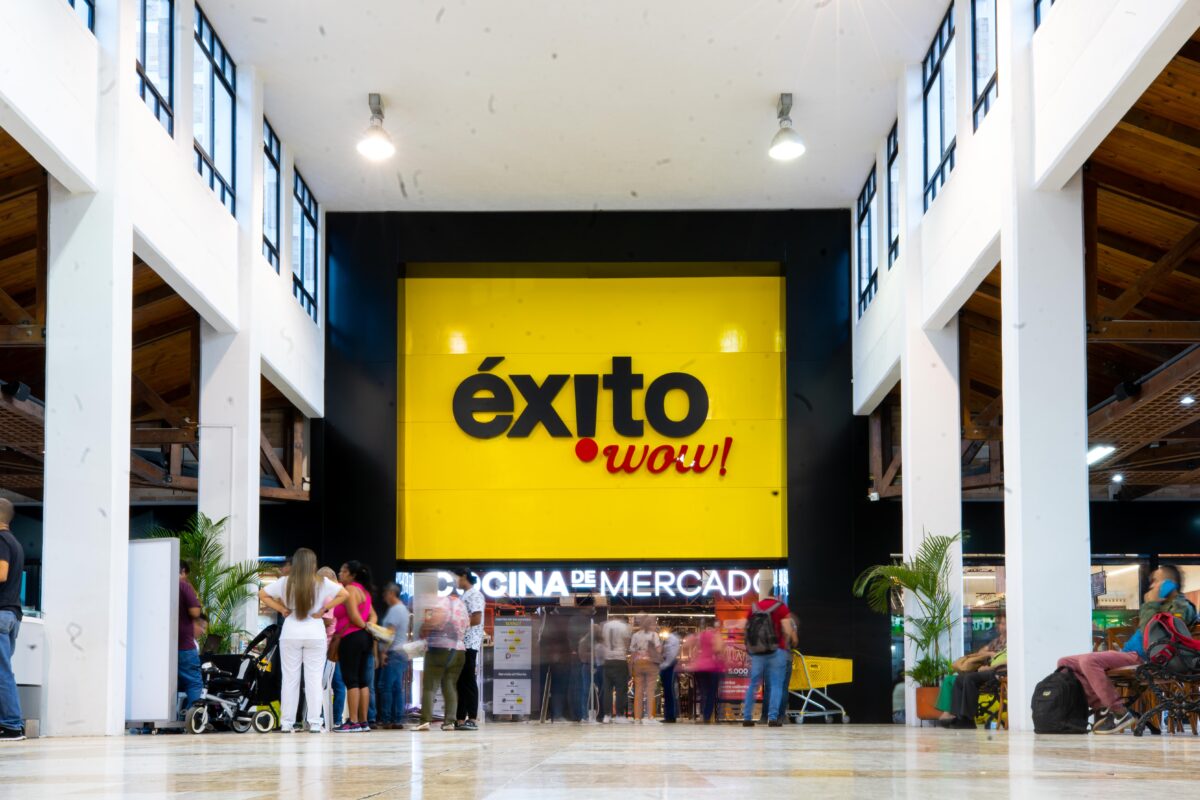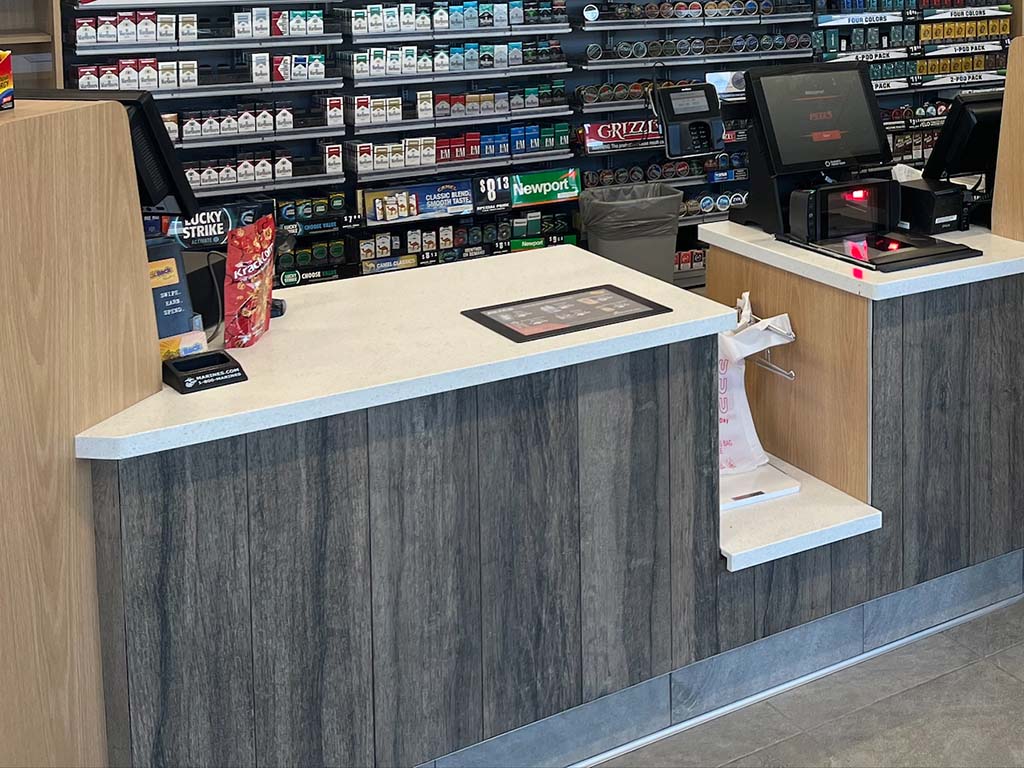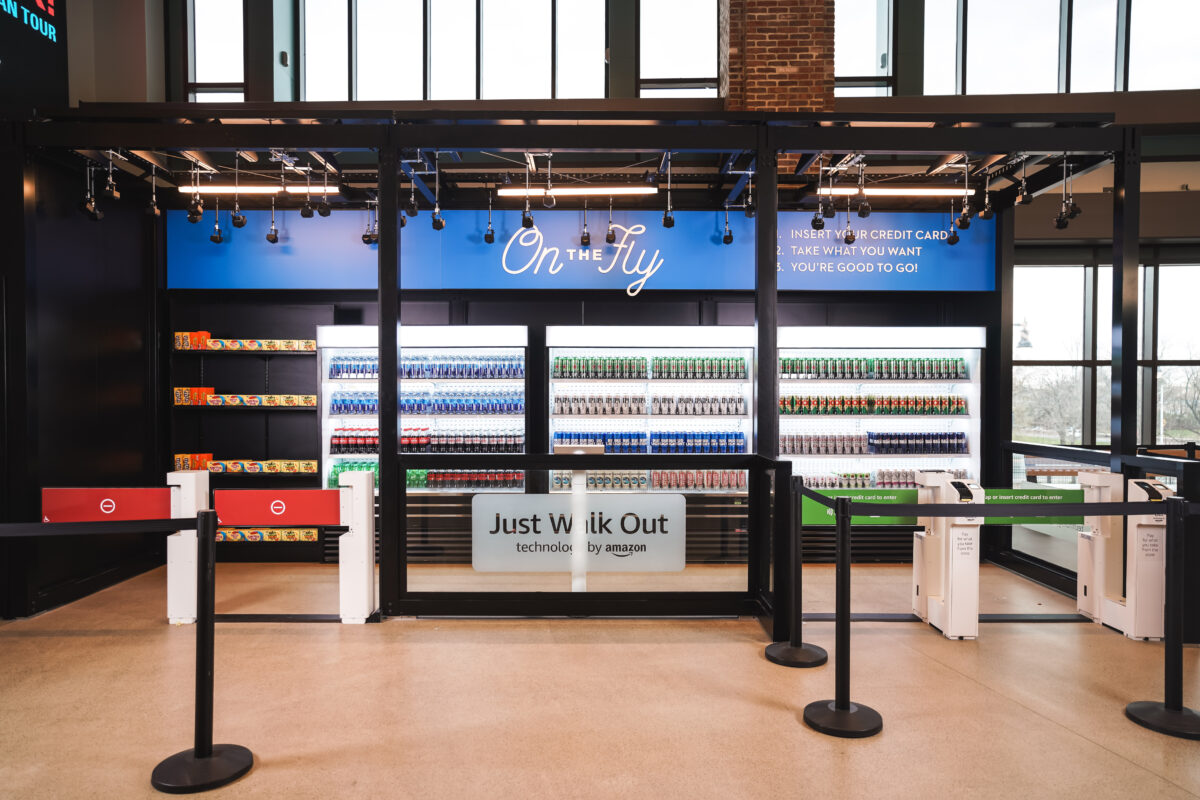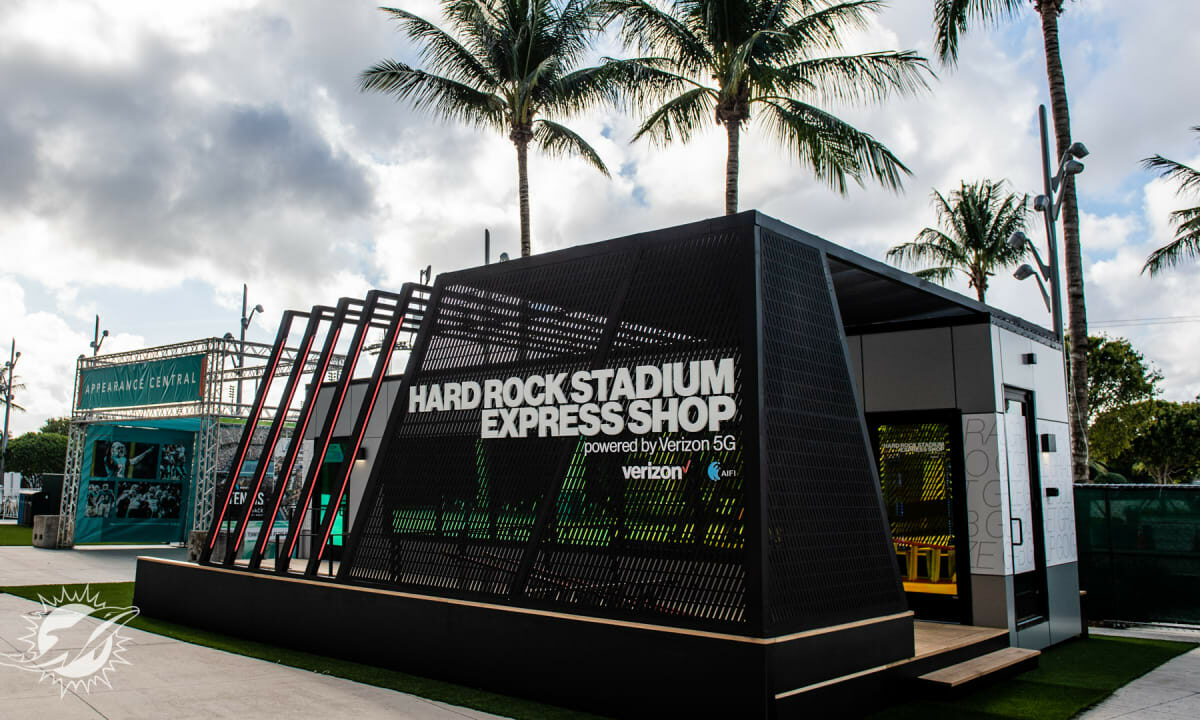Self-service technologies evolve as retailers embark on store transformation
Increasing competition from online players is prompting traditional retailers to re-imagine their store networks in every aspect, from size and scale to design and layout. The use of technology in stores has never been more important, enabling retailers to offer customers a range of checkout options which suits their preferences.

© RBR
Traditional self-checkout lanes, allowing customers to scan, bag and pay for their goods remain the most common form of self-service. Independent research and consulting firm RBR’s Global EPOS and Self-Checkout 2018 study revealed that 2017 was a record year for the self-checkout market, with 63,000 units shipped globally, as retailers upped investment in revamping their store layouts.
The mix of self-checkout products installed across the world is ever-evolving; for example, in the UK and Scandinavia, where cash usage is being particularly squeezed by alternative payment methods, there has been an increase in cashless self-checkouts which are often more compact. This type of terminal suits small-format convenience outlets in cities where space is at a premium and typical baskets contain only a few items. Such machines are typically without a security scale, compelling retailers to focus on other loss prevention tools.
choosing how to check out in-store is a key part of maintaining the level of footfall
Retailers have quickly established that allowing customers to choose how they check out in-store is a key part of maintaining the level of footfall. Mobile self-scanning using devices supplied by retailers has been a well-established concept in the supermarket sector in many countries, particularly in Europe. Additionally, trials of “scan and go”, where a customer can use their own smartphone to scan items and pay using an app, are becoming increasingly common. Major grocery chains including Kroger in the USA and Tesco in the UK are piloting the technology, although Walmart shelved a similar trial in 2018 owing to “low participation” – and amid rumours of high shrinkage.
The concept of a completely frictionless checkout process has already been realised at Amazon Go stores. The online behemoth launched its own physical outlets to the public in 2018, and by the end of the year had opened ten in total. The hi-tech stores track movements using cameras and sensors, keeping tally of products selected before charging the customer’s credit card, allowing them to walk out without waiting. Amazon envisages opening 3,000 such stores by 2021, according to Bloomberg, although the scalability of the concept is untested. Likewise, 7-Eleven in Taiwan has opened several unmanned outlets, while cashier-less stores are becoming more common in China, fuelled in part by fears of a future labour shortage.
Although self-service technologies have traditionally been mainly deployed in big-box supermarkets, this continues to evolve, with similar concepts popping up in different retail sectors. For many years, discounters had shunned self-checkout, but some have now begun to embrace the technology, with Lidl rolling out the machines to its stores across Europe, and the UK’s variety store chain Poundland another retailer to deploy the terminals. Furthermore, kiosk-style self-checkouts are being trialled by fast fashion retailers such as global apparel chains Zara and H&M, as well as at US clothing firm Anthropologie.
self-ordering in quick-service restaurants
Another interesting recent development has been the rise of self-ordering kiosks in the quick-service restaurant industry. Global fast food giant McDonald’s has rolled out thousands of cardless terminals across its network, with competitors such as Burger King following suit. Evidence of a higher spend per transaction when using such machines compared to assisted service is likely to fuel the growth of this particular type of technology in future.
Clearly when it comes to self-service, retailers must adopt models which best suit their customer base and store formats. With pressure on labour markets in many countries, and consumers increasingly at ease with the concept, the drive towards self-service will only accelerate.

Alan Burt, RBR London
© RBR
Author: Alan Burt, RBR London
RBR is a strategic research and consulting firm with three decades of experience in banking and retail automation, cards and payments. It assists its clients by providing independent advice and intelligence through published reports, consulting, newsletters and events.




















